The Middle East is the home of some of the world’s most delicious and indulgent sweets and desserts, from chewy Turkish Delight to cheesy Kunafa and crisp, cold Bastani – Iranian ice cream.
Some of the common ingredients in these dishes and other cakes, sweets and pastries, have been enjoyed for thousands of years and were once traded along the Silk Routes – including pistachio nuts and saffron threads. Others, such as medjool dates and tahini, are becoming increasingly popular today in the west, as the search for healthy alternatives to sugar and dairy becomes more creative and wider-reaching.
Perhaps you want to bring the flavours of Middle Eastern sweet treats to your own home, or maybe you’re just looking to mix up your baking routine. Either way, make sure you add the following 10 cupboard essentials to your shopping list:
1. Pistachio nuts
Grown from the pistachio tree, these beautiful purple-green jewels were traditionally found in Iran, but spread over the years through Syria towards the Mediterranean. Lucratively traded along the Silk Road, legend has it these little nuts were once decreed by the Queen of Sheba to be an exclusively royal food, and commoners in southern Arabia were forbidden from growing them.
Pistachios are a favourite filling and garnish for Middle Eastern sweets, particularly in Iran and Syria. They’re loved for their flavour, but also for their health benefits, as they’re full of healthy fats, protein, fibre and antioxidants. You’ll find pistachios atop Kunafa and syrup-soaked pastries as well as in Baklava and Umm Ali – a popular Egyptian dessert similar to bread pudding – among others.
2. Tahini
Tahini is a sesame seed paste, popular in the region – particularly around the Mediterranean – for its thick, creamy texture. Most famously, tahini is a key component of hummus, but is also used in other savoury and sweet dishes and sometimes on its own as a dip. No Middle Eastern kitchen cupboard is quite complete without it.
Tahini is full of protein, good fats, vitamins and minerals, and it’s becoming increasingly popular in the west for bringing a natural, creamy flavour to some cake and cookie recipes. In the Middle East, you’ll commonly find tahini in Halva – a fudge-like sweet with sugar, nuts and spices – or drizzled over molasses and served with pastries or bread.
3. Rose water
Made through the ancient process of distilling rose petals, which originated in Persia (modern-day Iran) rose water is commonly used in desserts and sweets across the Middle East, lending them a beautiful, floral taste. It has also been used in beauty products for its anti-inflammatory, antioxidant and cleansing properties, and is believed to have been a key component of Cleopatra’s beauty regime.
Learn about other beauty secrets and rituals from the Middle East & North Africa here!
Across the Middle East and North Africa, rose water is used to make sweet syrups, sometimes combined with orange blossom water. It’s used to flavour famous sweets and desserts such as Kunafa, Baklava, Turkish Delight, Basbousa (a semolina cake popular in Egypt and elsewhere) and Iranian favourites such as Bastani (pistachio and saffron flavoured ice cream) and Muhallabia (a popular creamy pudding).
4. Dates
Possibly the most iconic Middle Eastern sweet, dates – favoured for their natural, sticky sweetness – are eaten daily by many across the Middle East, either on their own as an accompaniment to bitter Arabic coffee, or as a key ingredient in popular sweets and desserts.
In the west, dates – and particularly large, sticky medjool dates – are becoming increasingly popular thanks to the health and wellness industry as a natural alternative to processed sugars, and have become a go-to ingredient for likes of Deliciously Ella and her clean-eating friends.
In the Middle East, dates are still commonly eaten to break the fast during Ramadan and can be found in various sweets such as Halwa (a thick, sticky, date-based traditional dessert in the Gulf), Maamoul cookies (a favourite for Eid), and even in breads like Maarouk – a Brioche bread from Aleppo, Syria.
5. Semolina
Semolina is a kind of granular wheat flour found in pasta and couscous that is also a key ingredient for Middle Eastern baking. It is found in cakes such as Basbousa (popular in Egypt, although variations exist across the region) and desserts such as Layali Lubnan (a Lebanese pudding flavoured with vanilla and rose and/or orange blossom syrup), and is also used to form the dough for Kunafa.
6. Orange blossom water
Made from the distilled blossoms of orange trees, this sweet, citrussy elixir is used similarly to rose water in sugary syrups. It has been used to flavour Baklava, Turkish Delight, Layali Lubnan and Muhallabia (a dessert made from condensed milk, rosewater and pistachios), among many other regional favourites.
7. Cardamom
Cardamom is an intense flavour that comes from seed pods within the ginger family. It can be ground and added to desserts, or alternatively seeds and pods are either crushed or added whole. It’s also known for its health benefits, which include antibacterial properties and boosting heart health.
Ground cardamom is used as a flavour for Middle Eastern desserts, and the seeds are sometimes added to coffee (it’s particularly popular in Turkey and the Gulf) and karak tea – a Middle Eastern variation of Indian masala chai. There are two main varieties of cardamom pods: black and green. It is the green pods that are favoured across the Middle East.
Click here for our easy Karak tea recipe!
8. Condensed milk
Usually bought in small tins, condensed milk is cow’s milk with water removed and sugar added. It’s thicker than normal milk, making it the perfect ingredient for creamy desserts such as Kunafa, Umm Ali and Muhallabia. It’s also a key component of sweet, Karak tea – a breakfast-time favourite in the countries of the Gulf.
9. Saffron
Believed to have originated in Persia (modern-day Iran), saffron has been cultivated for thousands of years and used as seasoning, fragrance, natural dye and in medicine. Saffron is a well-known spice in Indian cuisine, flavouring sweet tea ad savoury curries, but it’s also commonly used in Middle Eastern desserts, particularly in Iran. Often paired with cardamom and/or rose water, you’ll find saffron in Persian Bastani (ice cream), Zoolbia (small, deep-fried cakes soaked in rose/saffron syrup), Sholezard (Iranian rice pudding) and Halva.
10. Kataifi
Kataifi is a shredded phyllo dough which forms a pastry popular in many Middle Eastern desserts. It can also serves as a sweet in itself, drenched in honey or sweet rose or orange blossom syrup, with chopped nuts rolled in. Kataifi is probably most famous for its role as a key ingredient in kunafa, the iconic Palestinian dessert made with creamy cheese and soaked in syrup.
Have you tried making Middle Eastern sweets or desserts at home? Leave a comment below and let us know your favourite recipes and ingredients!
If you enjoyed this post, you might also like:
12 essential ingredients for cooking Middle Eastern food
5 traditional Middle Eastern dishes to try at home
Honey & Co.: A colourful cookbook of food from the Middle East
Also, don’t forget to check out the charity recipe book, Bake For Syria, which is full of recipe inspiration for making Middle Eastern sweet treats (and the proceeds go to UNICEF in Syria!).
We’ve included links above to products on Amazon and, if you buy them, we may earn a small commission. Where possible, we’ve tried to include Middle Eastern and family-owned brands.


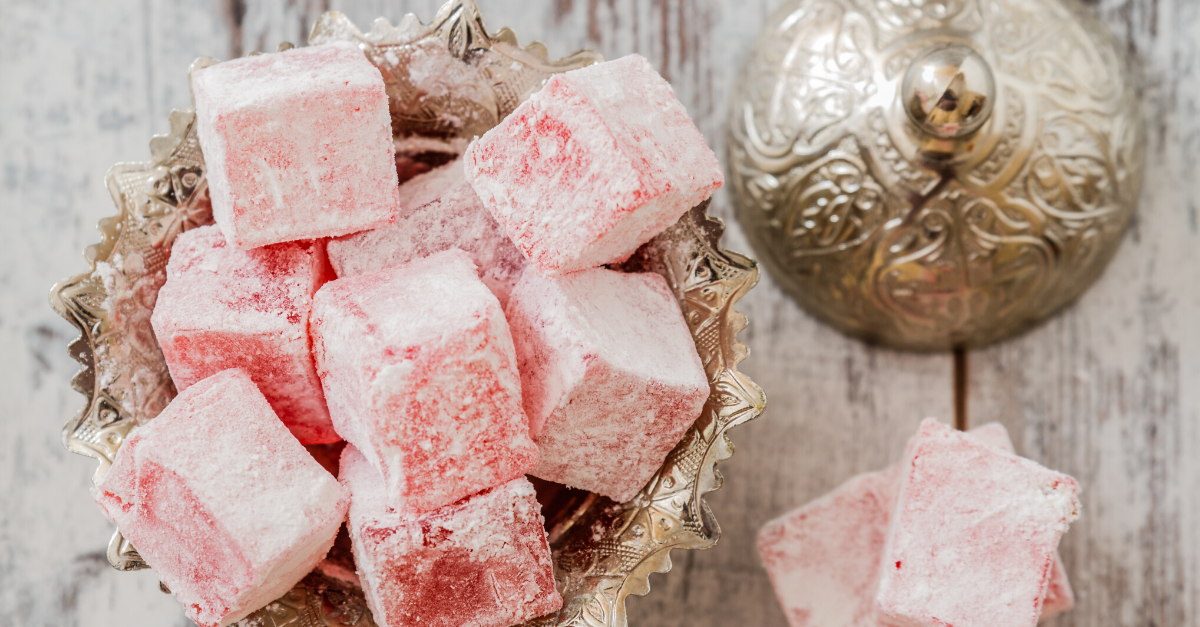
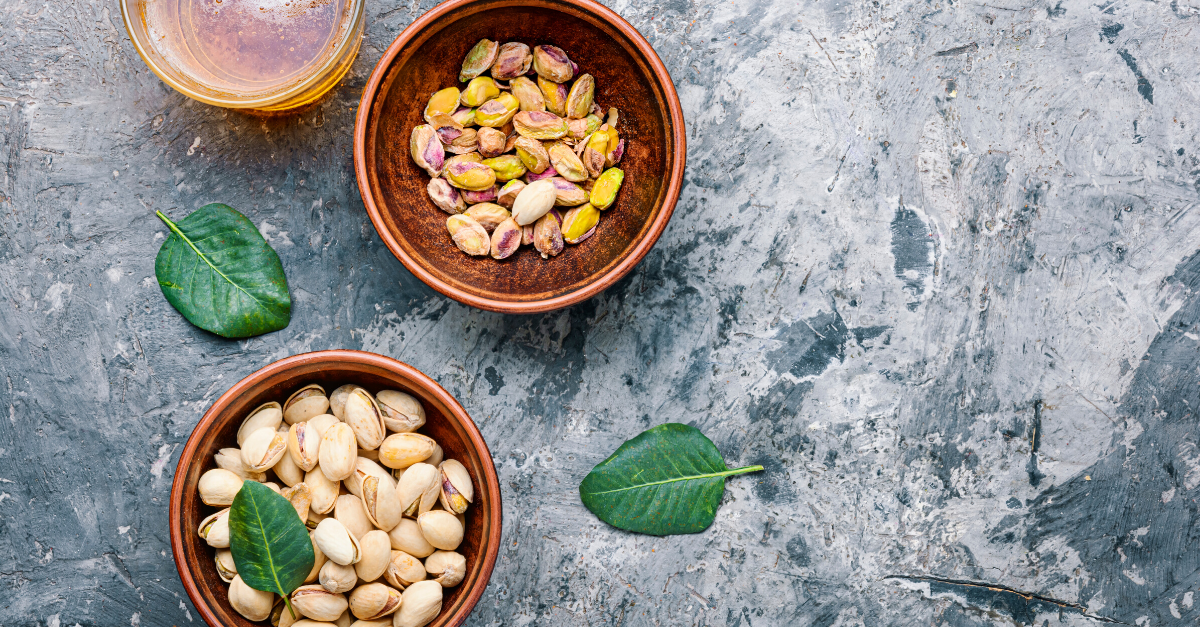
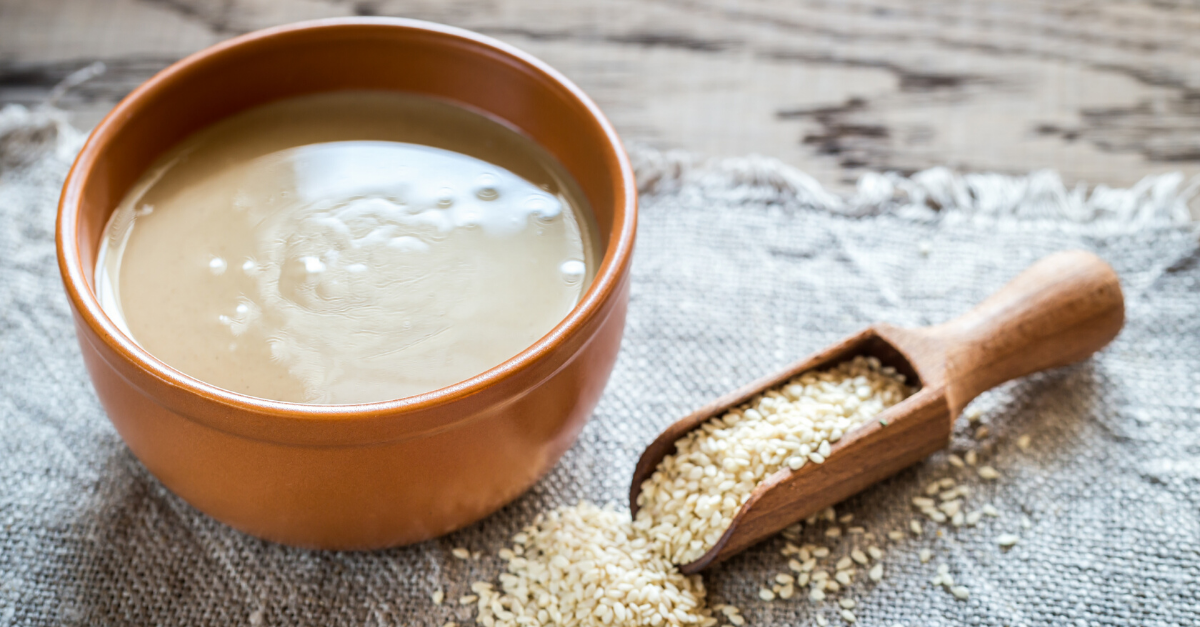
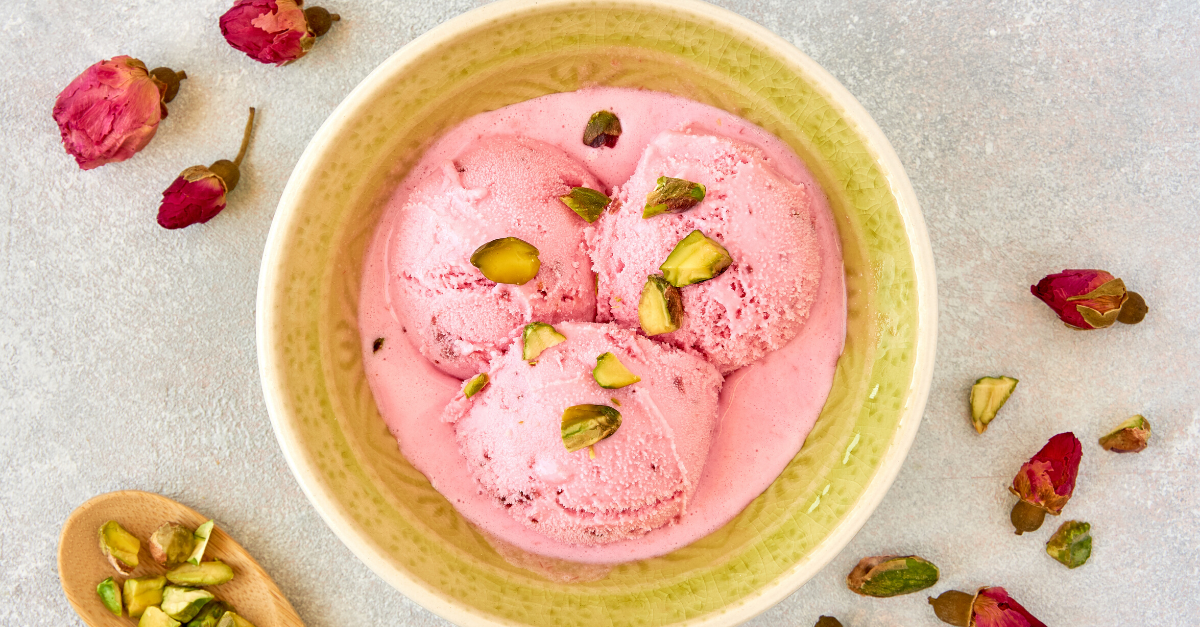

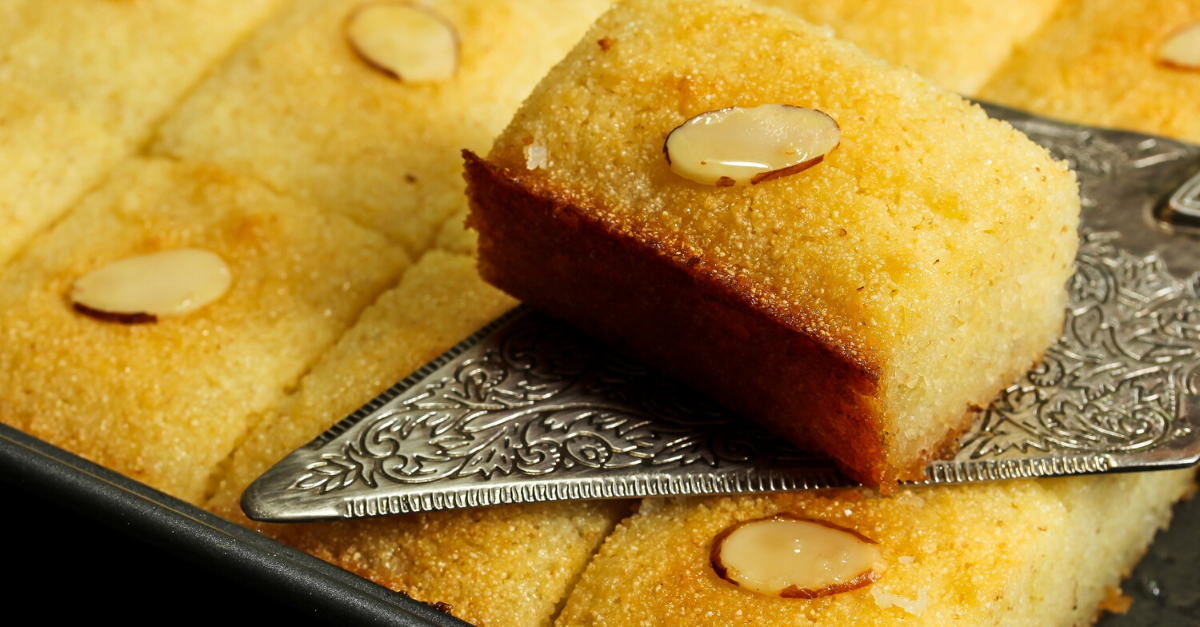

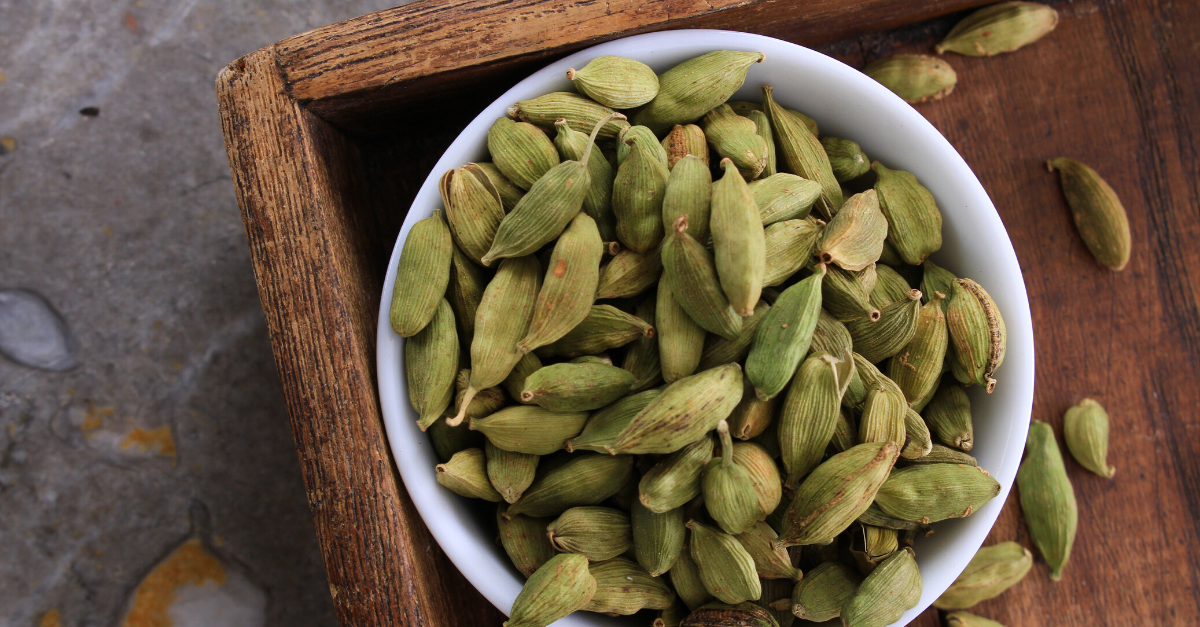
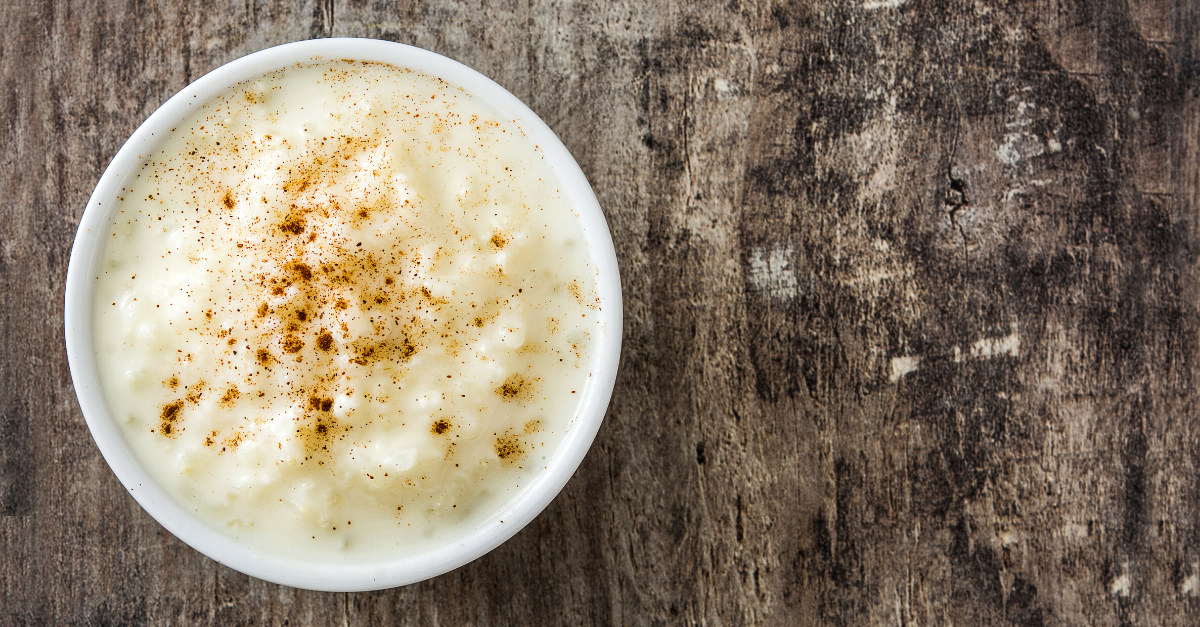
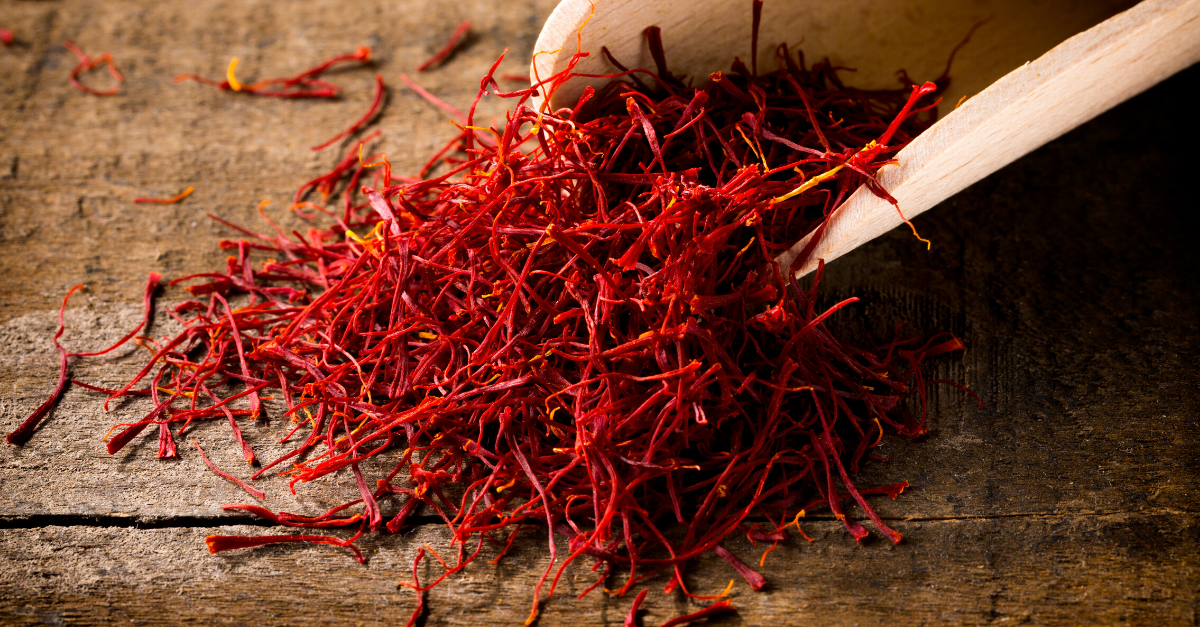
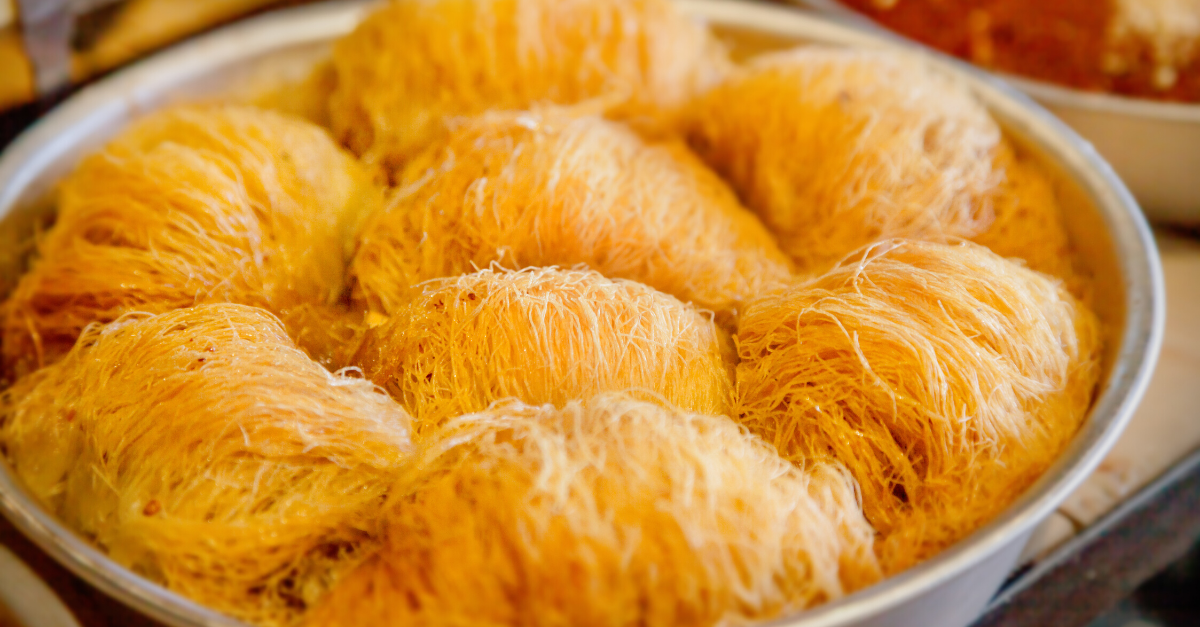





Hi! I would love a link to a really good (and hopefully easy) kenafe recipe. Thanks a million. Jonathan
Hi Jonathan, thank you so much for your comment. I highly recommend everything Joudie Kalla does at Palestine on a Plate (you can follow her on Instagram at @palestineonaplate)! She has a kunafa recipe in her book, Baladi, which you can get online. She also donates a % of the profits from the book to a charity in Nablus supporting Palestinian children and families, which is wonderful. I have never used an online recipe for kunafa but am very happy to ask our community if they have a particular one they recommend if you like? Hope that’s helpful! Have a great day. Laura 🙂
Really interesting read! I feel all kinds of nuts seem to be widely used in middle eastern sweets and deserts. Almonds are used in nammoura and mafroukeh, and multiple types of nuts are used in meghli. But I agree with you, pistachios seem to be the most used ones!
Absolutely Lucy! Ahh your comment reminded me how much I miss all of these desserts! Do you cook/bake a lot of Middle Eastern food at home? Laura x